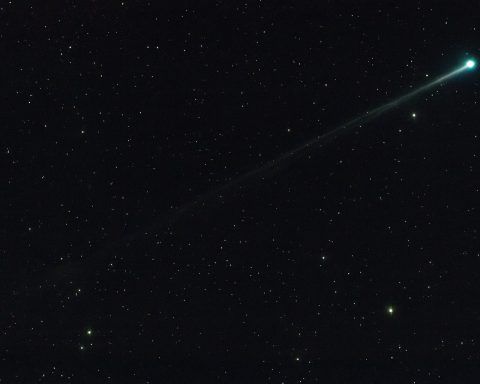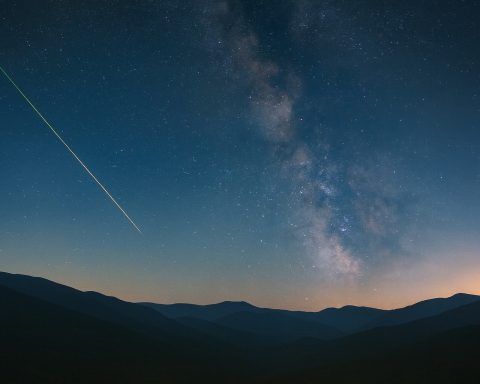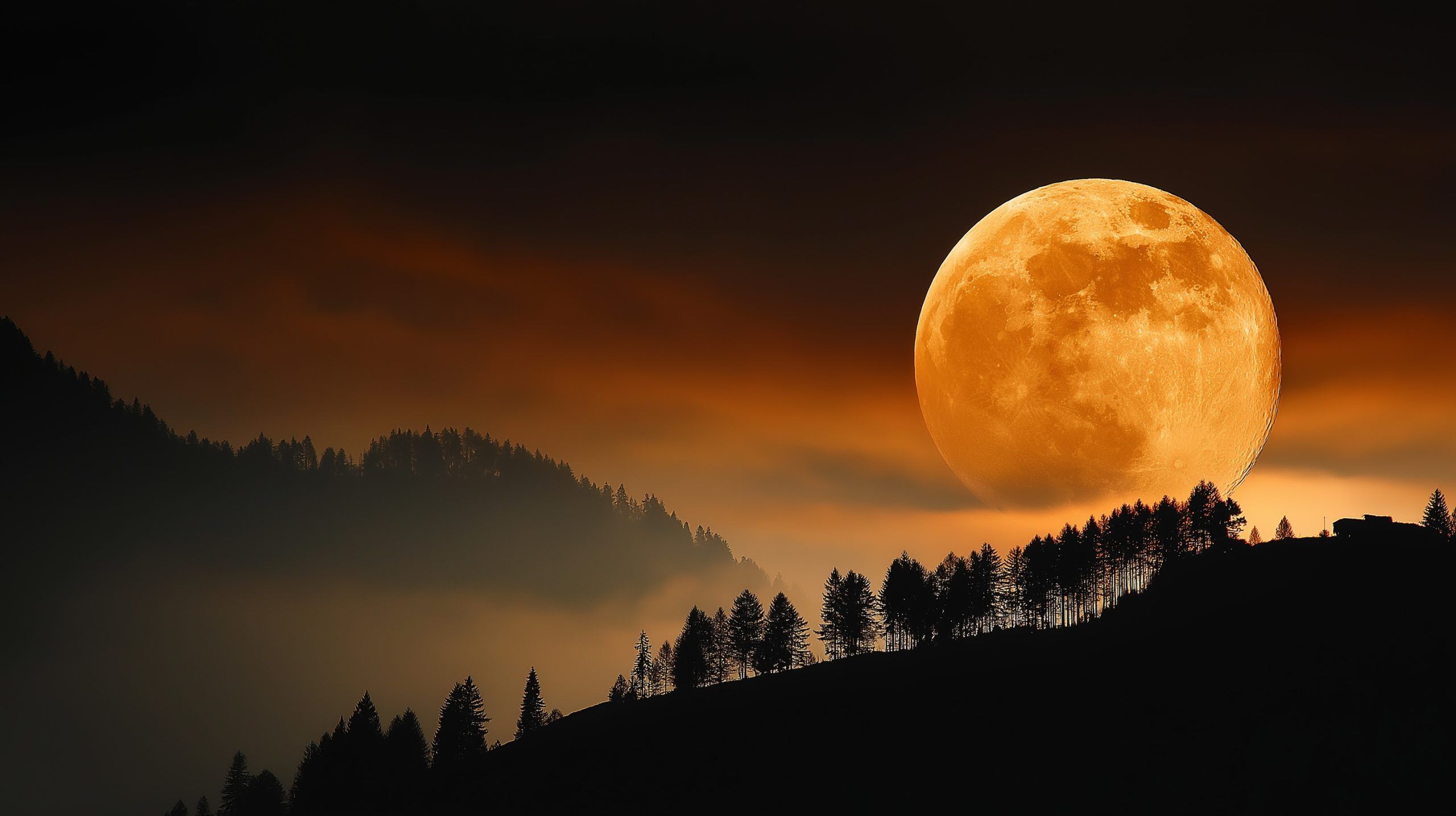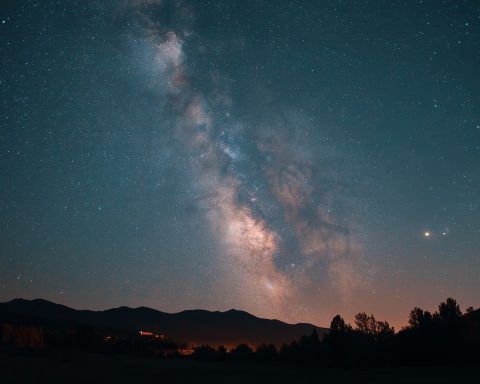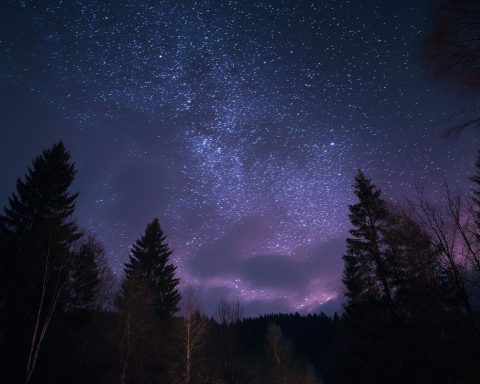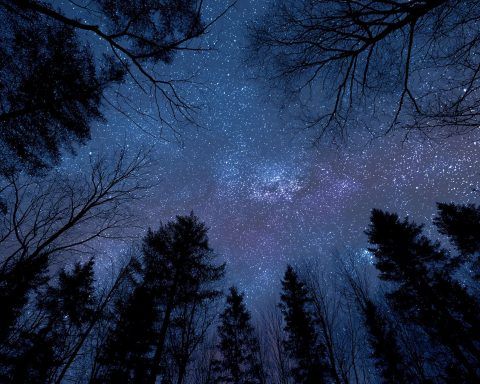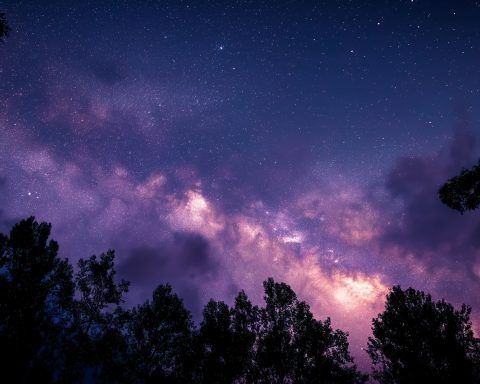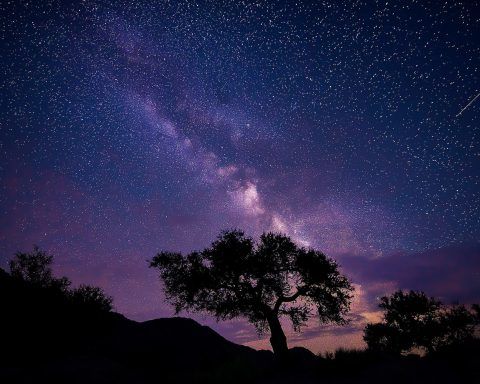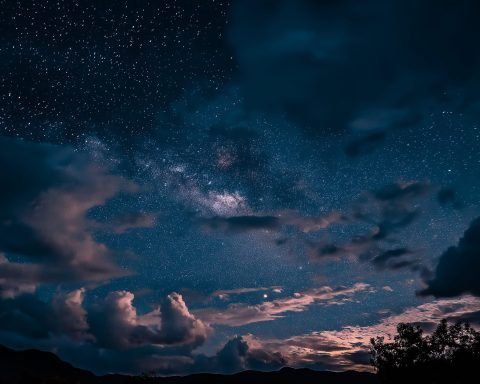
October 2025’s Rare Harvest Supermoon – Biggest, Brightest Full Moon of the Year
A Rare “Harvest Supermoon” Lights Up October Skies Mark your calendars for a lunar spectacle: on the night of October 6, 2025, a conspicuously big, bright full moon will dominate the sky. This isn’t just any full moon – it’s
